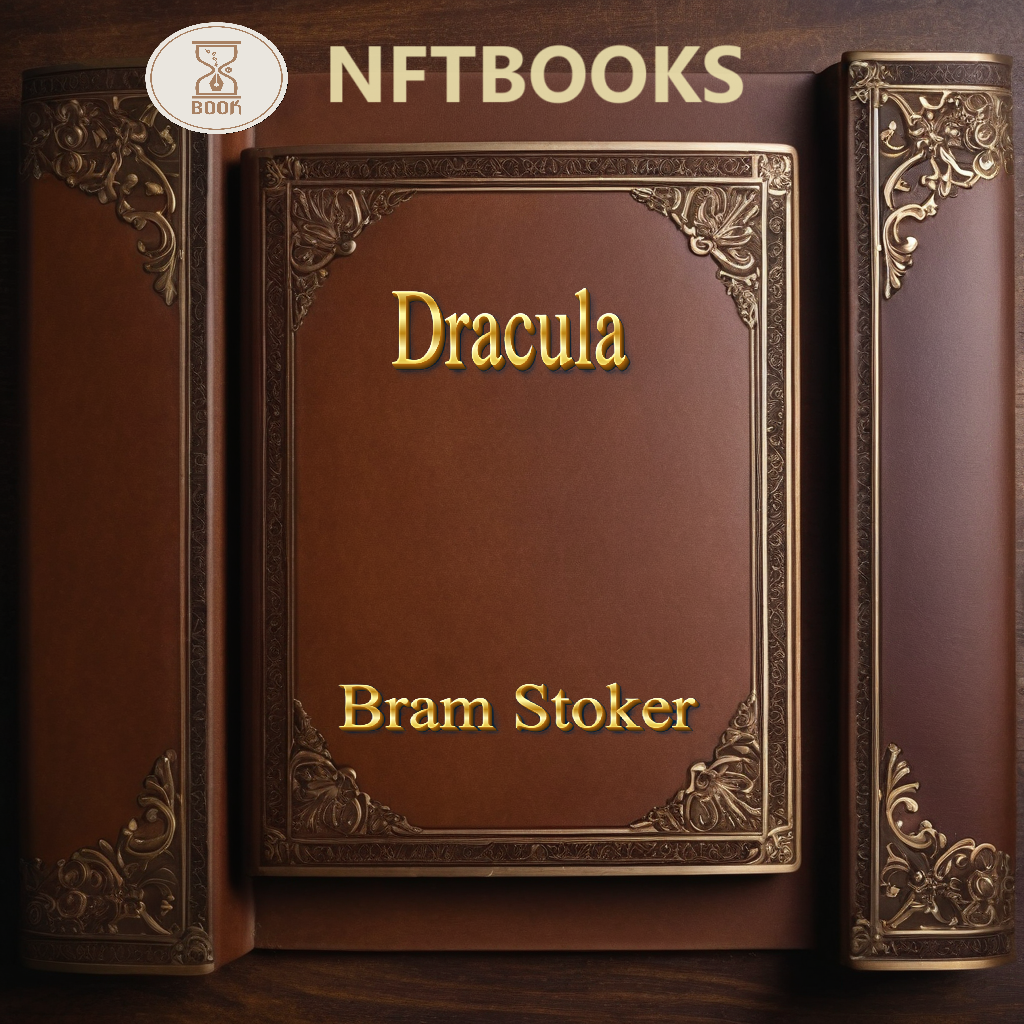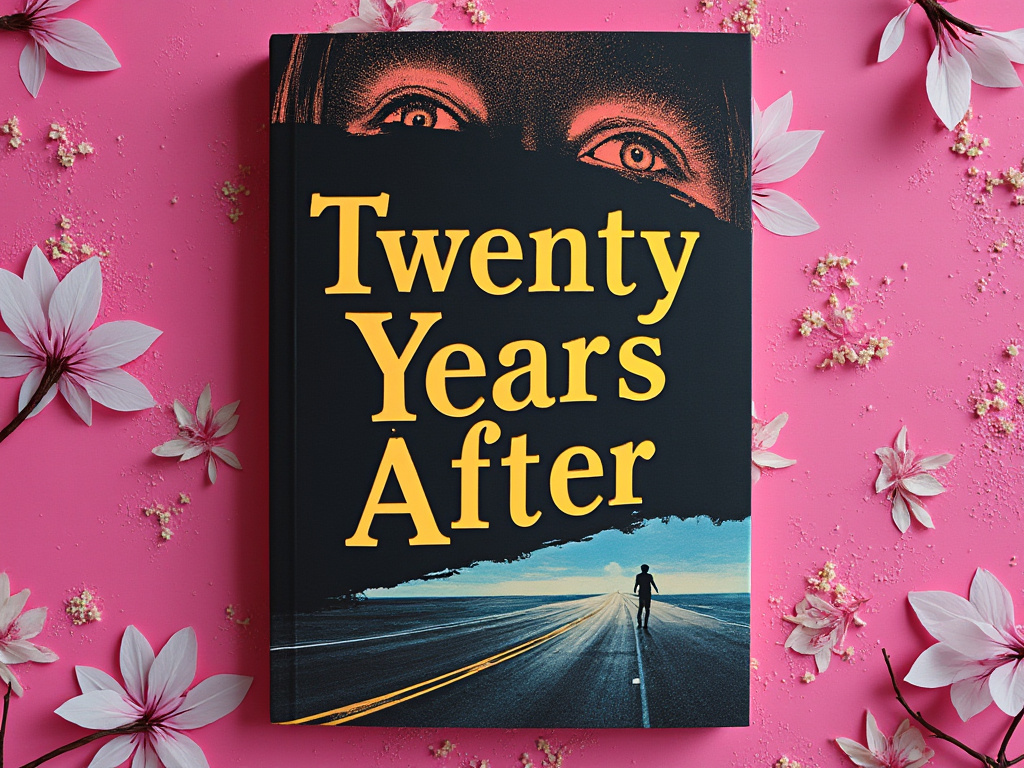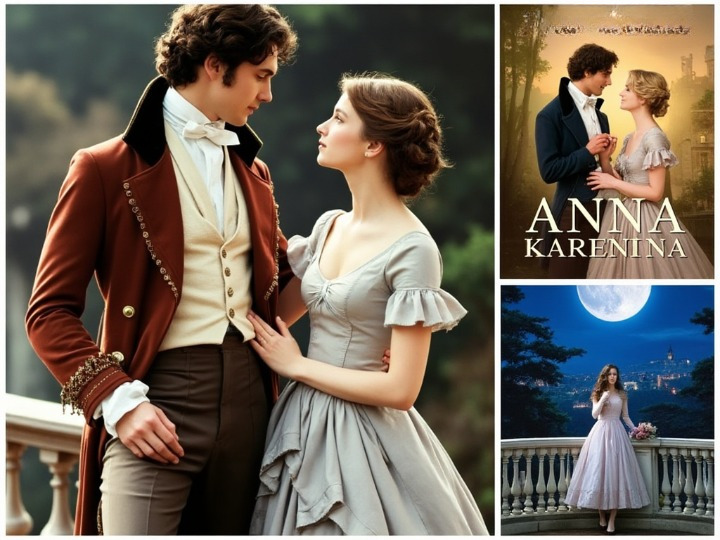Bram Stoker’s Dracula, first published in 1897, remains one of the most iconic and enduring horror novels in literary history. Stoker’s work masterfully combines Gothic horror with a deep psychological exploration of fear and desire, creating a timeless classic that continues to captivate readers. From the haunting landscapes of Transylvania to the foggy streets of London, Dracula weaves a tale of terror that has influenced countless adaptations and remains a cornerstone of vampire lore.

Jonathan Harker’s Journey and Dracula’s Dark Secrets
The story of Bram Stoker’s Dracula begins with Jonathan Harker, a young solicitor, traveling to the remote Eastern European castle of Count Dracula. Harker is initially welcomed warmly, but soon realizes that he is a prisoner in a place teeming with dark secrets. As he uncovers the true nature of his host, the narrative shifts to England, where Dracula’s presence begins to spread terror and death. Stoker uses multiple perspectives, including letters, diary entries, and newspaper clippings, to build a rich, multifaceted narrative that keeps readers on the edge of their seats.
One of the most remarkable aspects of Bram Stoker’s Dracula is the character of Count Dracula himself. The author, Bram Stoker, crafts a villain who is both horrifying and mesmerizing. Dracula’s blend of aristocratic charm and monstrous savagery makes him a complex antagonist who embodies the fear of the unknown and the allure of forbidden desires. His supernatural abilities, such as shape-shifting, mind control, and immortality, create a sense of pervasive dread that permeates the novel.
The Diverse Cast and Their Roles in the Fight Against Evil
Dracula’s adversaries form a diverse and dynamic group, each bringing unique strengths to the fight against the vampire. Mina Harker, Jonathan’s wife, is a particularly strong and resourceful character. Her intelligence and bravery are essential in the battle against Dracula, making her a central figure. Dr. Van Helsing, the Dutch professor, provides the knowledge and experience needed to combat the supernatural threat. Meanwhile, the loyal friends Arthur Holmwood, Quincey Morris, and Dr. John Seward add depth to the story with their personal struggles and sacrifices, enriching the narrative with their loyalty and resilience.
Atmospheric Settings: Transylvania and London
The settings in Dracula play a major role in establishing the novel’s eerie tone. The desolate landscapes of Transylvania, with ancient castles and fog-shrouded forests, evoke a sense of primal fear and mystery. This contrasts with the bustling, modern city of London, where the boundaries between civilization and monstrosity blur. This contrast heightens the tension as Dracula infiltrates society, creating suspense. Stoker’s vivid descriptions and attention to detail make these settings integral to the story’s mood and impact, immersing readers in both the haunting wilderness and the complex cityscape.
Enduring Themes and Cultural Influence of Dracula
One of Dracula’s major strengths is its exploration of themes like the clash between modernity and ancient evil, the fear of the unknown, and human sexuality. The novel reflects the anxieties of a changing world where science and tradition clash. Dracula, an ancient being who defies natural laws, embodies these fears, challenging the characters’ reality. This struggle has left a lasting impact on culture. The novel has inspired countless adaptations, making Dracula a symbol of both terror and fascination. Stoker’s portrayal set a standard for vampire fiction, with conventions that continue to define the genre today.
In conclusion, despite being over a century old, Dracula remains a relevant and compelling work of Gothic literature. Its universal themes, unforgettable characters, and timeless horror ensure that Stoker’s masterpiece will continue to haunt readers for generations.
You might be interested in reading this Ulysses by James Joyce as well.
More Book Reviews on NFTBOOKS platform is HERE.







